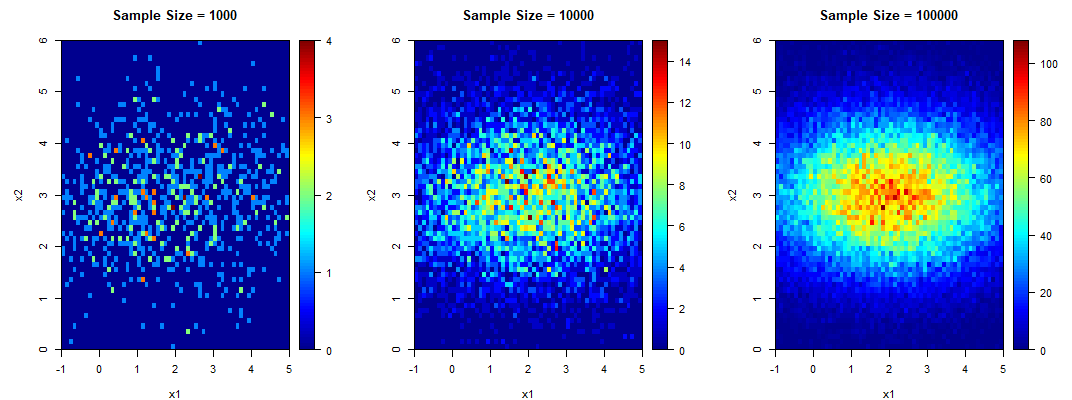

Modeling of river and marine flows is no exception. Progress in physical process knowledge, numerical methods and computational power, allows us to address hydro-environmental problems of growing complexity. Water resource management is of crucial societal and economic importance, requiring a strong capacity for anticipating environmental change. The results of this study allowed identifying an optimal shape for each deflector, while ensuring a certain robustness of the solution. This was particularly useful to apply an optimization process on the parameters of the shapes, requiring many TELEMAC-2D study runs. Indeed, this metamodeling technique allowed a simplification of the TELEMAC-2D study, drastically reducing computational times. Finally, a statistical emulator was used to link the input parameters with the cost function residual. Then, a study was carried out on these two parameters to estimate, for each deflector, which configuration minimizes the cost function based on TELEMAC-2D runs.

In a first step, a cost function evaluating the orientation of the streamlines was defined. The deflector's shape is defined based on two parameters controlling the size and the orientation respectively. Deflectors have been designed in the model upstream of the intakes to drive the flow as perpendicular as possible to the intake entrances. The present work is based on a shape optimization process apply to a real problem: the optimization of the streamline trajectories in front of a pumping station intakes. Optimization applications with TELEMAC are increasing due to interoperability development of the system module. The API is used for a multivariate sensitivity analysis to quickly reveal the most influential parameters which can then be optimally calibrated with the help of a data assimilation technique. The API potential is demonstrated in a re-calibration context. To illustrate the capability of the API, an operational problem for improving the navigation capacity of the Gironde Estuary is presented. Consequently, the objective of the paper is to promote the interoperability concept for studies dealing with such issues as uncertainty propagation, global sensitivity analysis, optimization, multi-physics or multi-dimensional coupling. Use of the API encourages and facilitates the combination of worldwide reference environmental libraries with the hydro-informatic system. This paper presents a new distributed Application Programming Interface (API) of the open source telemac-mascaret system to run hydro-environmental simulations with the help of the interoperability concept. With the increase in IT resources, environmental modeling is evolving to meet the challenges of complex real-world problems. This item may be available elsewhere in EconPapers: Search for items with the same title.Water resource management is of crucial societal and economic importance, requiring a strong capacity for anticipating environmental change.
LATIN HYPERCUBE VS MONTE CARLO FULL
References: View references in EconPapers View complete reference list from CitEcĪccess to full text is restricted to subscribers. We also present numerical studies that showcase the flexible incrementation offered by HILHS. We derive the sampling properties for HLHS designs and HILHS estimators. This overcomes a drawback of many LHS schemes that require the entire sample set to be selected a priori, or only allow very large increments. Based on this new construction, we introduce a hierarchical incremental LHS (HILHS) method that allows the user to employ LHS in a flexibly incremental setting. We present a new algorithm for generating hierarchic Latin hypercube sets (HLHS) that are recursively divisible into LHS subsets. Latin hypercube sampling (LHS) is a robust, scalable Monte Carlo method that is used in many areas of science and engineering. Journal of the American Statistical Association, 2017, vol.


 0 kommentar(er)
0 kommentar(er)
